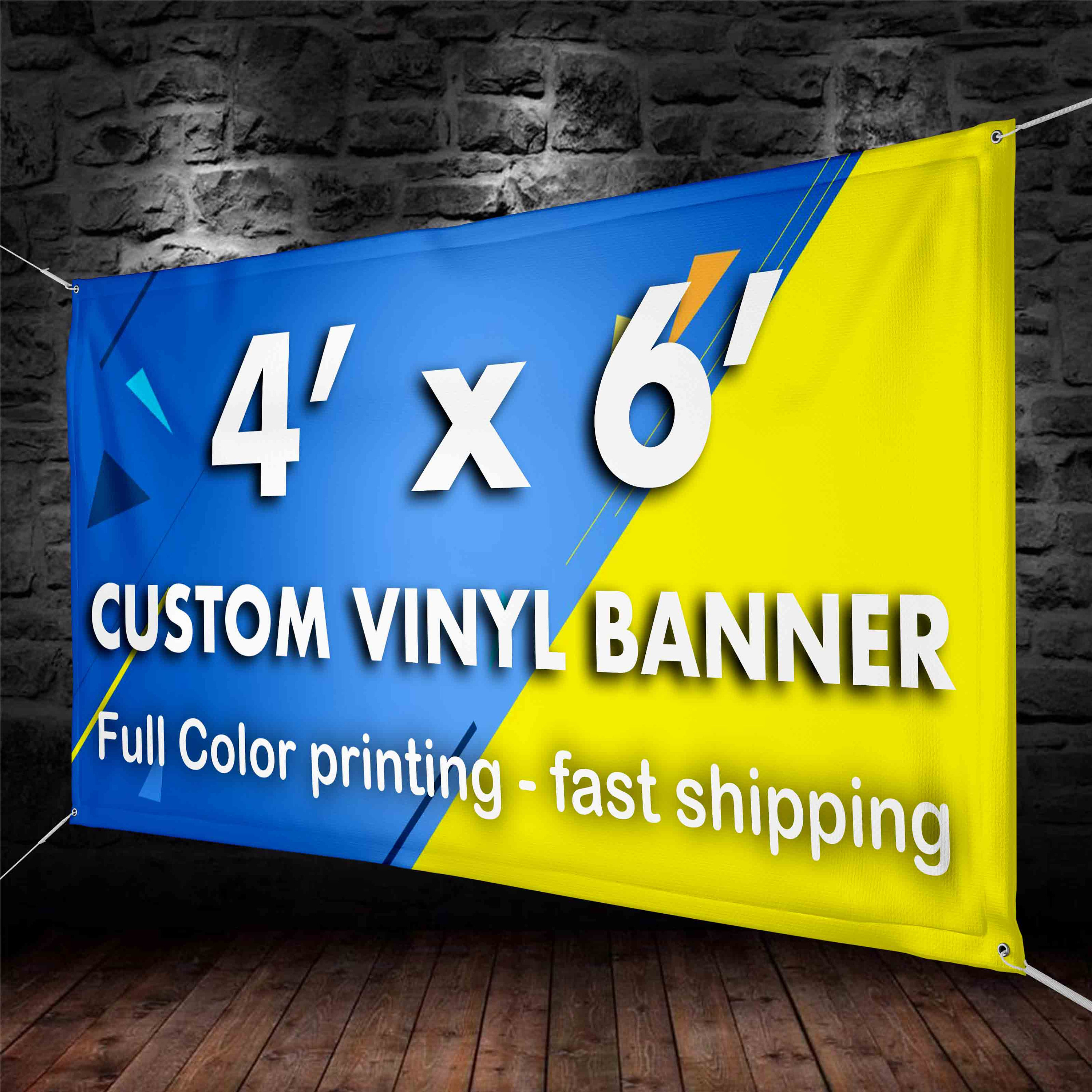

The second trend we saw was wide format digital printing. We put a site up online in 1998 when had 500 sites on it…we were the first sign company on as far as I know. Online Shop in the Late 90sĪt my Dad’s company in the ’90’s, we were fortunate enough to have some pretty tech savvy employees who could spot a trend…in 1998, there were two trends we saw that we were pretty sure were revolutionary.

Sign painters fought the new technology, at least some did, and they found that people could no longer afford their high end hand-painted signs for the most part, when they could get a decent looking one for half the price made from vinyl.
VINYL BANNERS PRINTING HOW TO
No longer did you need to painstakingly learn how to letter a signage, you could simply plug type into your computer on programs like FlexiSign or Gerber, and send it to a vinyl plotter, weed it, apply it, and you had an instant banner! In those days, the sign business had just gone through a revolution for the past decade brought on by the vinyl plotter. I went on to try some things I’d wanted to try business-wise for about 6 months, and then launched Visigraph, although not officially until early 2004. We lasted about 10 years together, but in the aftermath of 9/11 we slumped badly, so we closed down in early 2003. We had a pretty good client base from another business, so we launched into the business which I managed for my Dad. In 1991, almost 20 years ago now, at the age of 31, I made the plunge into the sign, banner, decal, and display industry. When I entered the Sign, Banner, and Decal Printing Business And why they may actually be cheaper than those made from vinyl in the long run. I’ve written a few articles about sublimation printing, but this article will deal specifically with dye sublimation banners, how they’re done, where our clients are using them, and why you may want to consider upgrading your banner purchase from vinyl displays.


 0 kommentar(er)
0 kommentar(er)
